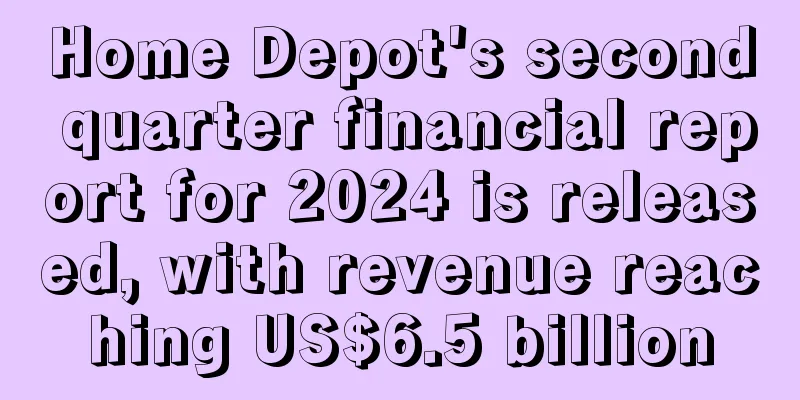Quantitative criteria for high success rate of Amazon product selection

|
Choosing products with high success rates is one of the keys to success for Amazon sellers. To help you assess the potential success rate of your products, here are some more detailed quantitative criteria: 1. Demand and Trends: When choosing a product, it is crucial to ensure that there is sufficient demand in the market. Understand the search volume and trends of potential products through in-depth market research and keyword research. First choose those products that are popular and have high search volume to increase the chances of sales. 2. Competition Analysis: Comprehensively evaluate the competition of your product. By observing information such as competitors' products, pricing, reviews, and sales, you can gain an in-depth understanding of the degree of competition in the market. Choosing products with relatively low competition will significantly increase your chances of success. 3. Profit potential: Carefully evaluate the profit potential of the product. In addition to considering the selling price, you also need to consider factors such as costs, fees, and Amazon platform commissions. Choose products with higher profit margins to ensure sufficient profits to cover costs and get a return. 4. Product quality and reliability: Choose products from high-quality and reliable suppliers. Make sure the products meet quality standards and have good user reviews and reputation. Choose reliable suppliers to ensure the reliability of product supply and after-sales service. 5. Product differentiation: Look for products with differentiated characteristics. Choosing products with unique selling points, special features or innovative designs will help you stand out in a competitive market and attract more consumers' attention. 6. Feasibility Assessment: Conduct a comprehensive feasibility assessment of the product. Consider factors such as logistics, inventory management, after-sales service and marketing promotion. Ensure that you have sufficient capacity to meet the demand for the product and can effectively manage and promote the product. 7. Brand building and marketing: Consider the brand building and marketing potential of your products. Choosing products that have brand building potential will help you build long-term brand value and loyalty. The above criteria are important factors for evaluating the potential success rate of a product. By taking these factors into consideration and conducting detailed market research and competition analysis, you can choose products with high success rates, thereby increasing your sales opportunities on the Amazon platform. |
<<: What is the key to success in starting an Amazon business?
>>: How do Amazon stores solve the problem of high exposure and low conversion?
Recommend
Something big happened before the peak season was over, and a large number of Amazon sellers were "bullied"!
It's almost the end of the year and scammers a...
Over-employment erodes profits! Amazon and Walmart can no longer bear it
It is learned that in the past few months, compani...
Amazon is starting to steal money again, sellers need to be prepared in advance!
As an ordinary small seller on Amazon, The biggest...
Amazon store association factors and how to prevent association (recommended collection)
Account association is a rule set by Amazon that a...
More than $761 billion worth of online shopping items have been returned in the United States! This is the category with the highest return rate
It is learned that according to a survey by the Na...
Strengthening cooperation! Amazon AWS becomes Best Buy's strategic cloud provider!
<span data-shimo-docs="[[20,"获悉,据外媒报道,近日百思...
Instagram will abandon the "Shop" tab! Focus more on content to compete with TikTok!
It is learned that on January 9, Adam Mosseri, he...
Shocked! Even if I open a case, my account will be blocked?
If you have a problem, open a case, contact custo...
What are Shopee operation skills? Shopee operation skills review
How can new sellers quickly master the initial ope...
Amazon sellers share their experience in clearing inventory
Clearance experience According to the priority, i...
How to remove Amazon’s restriction on leaving reviews?
Amazon’s action of restricting reviews has become ...
What is Gesellschaftsvertrag? Gesellschaftsvertrag Review
Articles of Association or Company Contract Type G...
What is Foodpanda? Foodpanda Review
Foodpanda is a startup that provides one-stop serv...
Inflation increases "hidden consumption"! Americans spent an extra $1 trillion in 2022!
It is learned that according to Forrester research...
What are Sessions? Sessions Review
Sessions is a term related to Amazon backend repor...









